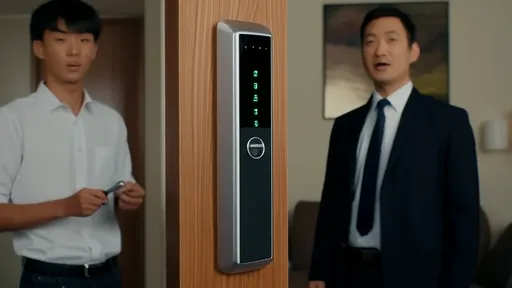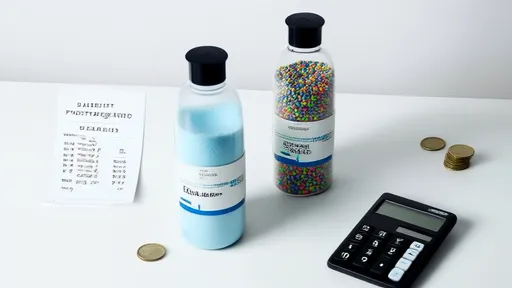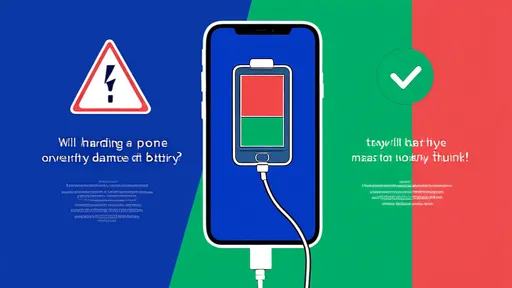We’ve all heard the warning: "Don’t leave your phone charging overnight—it’ll ruin the battery!" For years, this advice has been passed around as common knowledge, fueling anxiety about battery health. But is there any truth to it? The reality might surprise you.
Modern smartphones are far more sophisticated than their predecessors, especially when it comes to battery management. The lithium-ion batteries powering today’s devices are designed with built-in safeguards to prevent overcharging. Once your phone reaches 100%, the charging process stops, and the device runs directly off the power source until you unplug it. This means leaving your phone plugged in overnight doesn’t continuously pump energy into the battery, contrary to popular belief.
That said, there’s a nuance often overlooked. While overcharging isn’t the issue, keeping your battery at 100% for extended periods can contribute to long-term wear. Lithium-ion batteries degrade slightly faster when maintained at full capacity for too long, as opposed to being kept in a mid-range charge (like 40–80%). However, the impact is minimal for most users. Unless you plan to use the same phone for five years or more, overnight charging won’t make a noticeable difference in your battery’s lifespan.
Heat is another factor that gets blamed unfairly. Some assume that charging overnight generates excessive heat, damaging the battery. In reality, modern phones and chargers regulate temperature efficiently. If your device feels warm during charging, it’s likely because you’re using it simultaneously (e.g., gaming or streaming). Idle overnight charging typically produces negligible heat, especially with optimized charging features like those in iOS and Android, which delay full charging until just before you wake up.
What about the myth of "trickle charging"? Older nickel-based batteries suffered from memory effects and required full discharge cycles, but lithium-ion batteries thrive on partial charges. In fact, frequent top-ups are better for battery health than deep discharges. Your phone’s battery management system is already doing the heavy lifting—avoiding extreme highs and lows to prolong its life.
So why does the overnight charging myth persist? Part of it stems from outdated technology. Early mobile phones and laptops lacked advanced charging controls, making overcharging a genuine concern. Habits formed in the 2000s have lingered, even though the technology has evolved. Another reason is the confusion between "battery aging" and "battery damage." All batteries degrade over time, but overnight charging isn’t a significant accelerator of that process.
If you’re still worried, here’s a practical tip: Enable optimized battery charging (available on both iOS and Android). This feature learns your daily routine and slows down charging when you don’t need a full battery immediately. For instance, if you plug in at 11 PM and wake up at 7 AM, your phone might charge to 80% by midnight and wait until 6:30 AM to top up the rest. It’s a seamless way to balance convenience and battery longevity.
Ultimately, the convenience of waking up to a fully charged phone outweighs the negligible effects of overnight charging for most people. Battery technology has advanced to accommodate our habits—not the other way around. Instead of obsessing over unplugging at 80%, focus on avoiding extreme heat, using reputable chargers, and replacing batteries when they genuinely wear out (typically after 2–3 years).
The next time someone warns you about overnight charging, you can confidently say: "My phone’s smarter than that." The real battery killers? Habits like draining your phone to 0% daily or exposing it to scorching temperatures. Those are the battles worth fighting.

By /Jun 14, 2025

By /Jun 13, 2025

By /Jun 13, 2025

By /Jun 13, 2025

By /Jun 13, 2025

By /Jun 13, 2025

By /Jun 13, 2025

By /Jun 13, 2025

By /Jun 13, 2025

By /Jun 13, 2025

By /Jun 13, 2025

By /Jun 13, 2025

By /Jun 13, 2025

By /Jun 13, 2025

By /Jun 13, 2025

By /Jun 13, 2025

By /Jun 13, 2025

By /Jun 13, 2025

By /Jun 13, 2025

By /Jun 13, 2025